Optimal Seasons for Waterproofing Applications
Waterproofing is a critical process to prevent water intrusion and protect structures from damage. The timing of waterproofing applications can significantly influence their effectiveness and longevity. Understanding seasonal weather patterns and environmental conditions helps determine the most suitable periods for installation.
Spring offers moderate temperatures and less precipitation, making it ideal for waterproofing projects. Proper application during this season ensures materials cure effectively before summer heat or winter cold.
Warm weather and longer daylight hours facilitate quick drying and curing. However, high humidity and rain can hinder application, so scheduling during dry spells is recommended.
Fall provides cooler temperatures and lower humidity, which are suitable for waterproofing. It allows for installation before winter and helps prevent water damage during colder months.
Winter is generally not recommended due to low temperatures and potential freezing conditions that can impair material curing and adhesion.

Ways to make Waterproofings work in tight or awkward layouts.
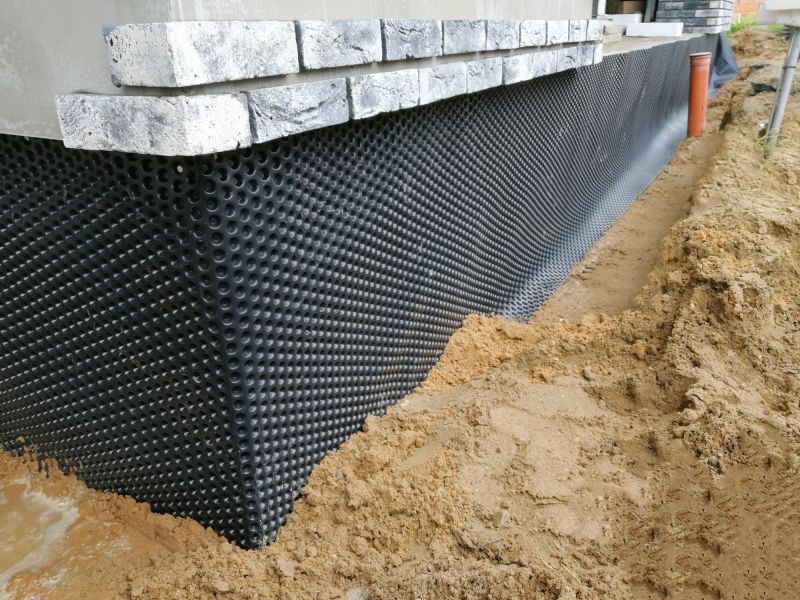
Popular materials for Waterproofings and why they hold up over time.
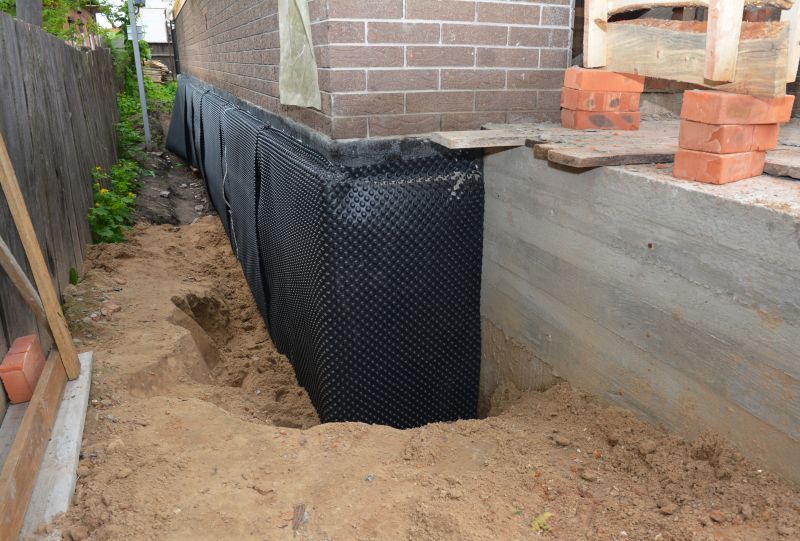
Simple add-ons that improve Waterproofings without blowing the budget.

High-end options that actually feel worth it for Waterproofings.
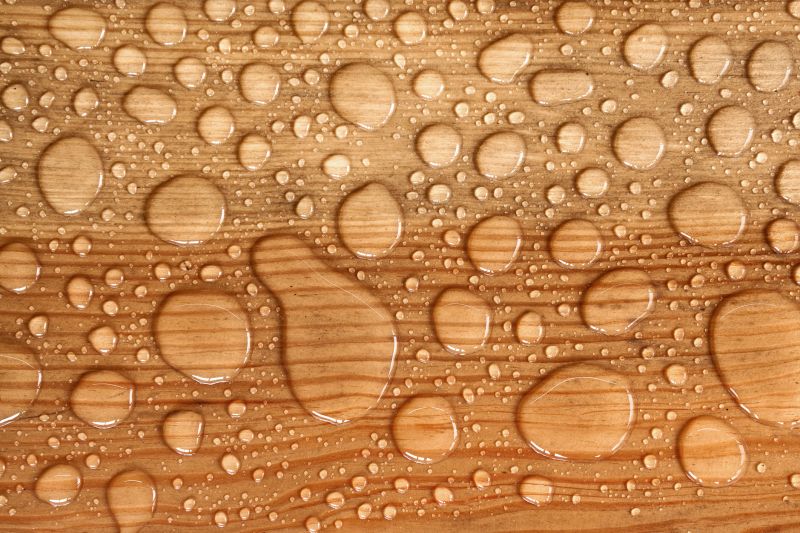
Finishes and colors that play nicely with Waterproofings.

Little measurements that prevent headaches on Waterproofings day.
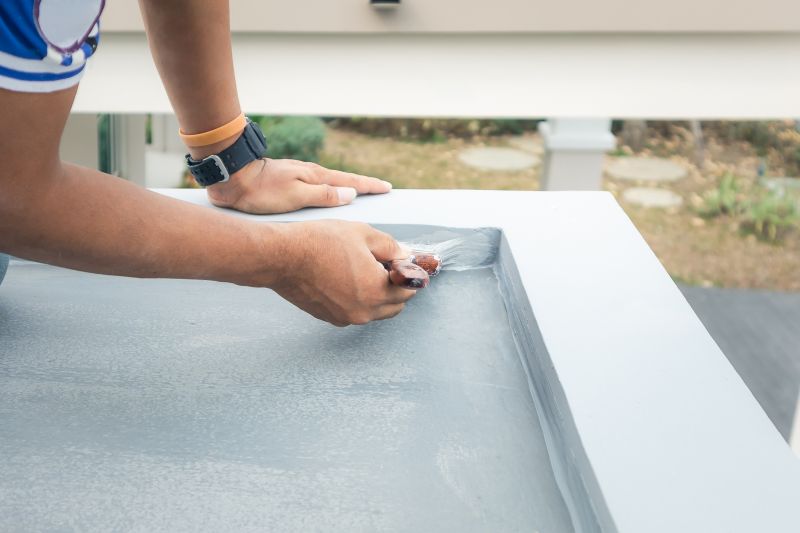
A 60-second routine that keeps Waterproofings looking new.
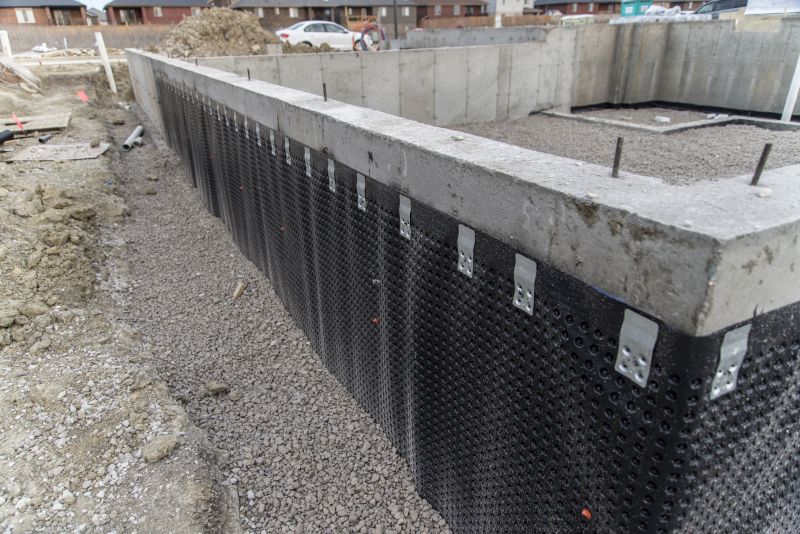
A frequent mistake in Waterproofings and how to dodge it.
| Season | Recommended Conditions |
|---|---|
| Spring | Moderate temperatures, low precipitation |
| Summer | Warm, dry spells with low humidity |
| Fall | Cool temperatures, low humidity |
| Winter | Cold, freezing temperatures not suitable |
| Optimal Window | Between 50°F and 85°F with dry weather |
Waterproofings involve applying protective barriers to prevent water penetration in foundations, roofs, and other structures. Proper timing ensures the materials bond well and provide long-lasting protection. Factors such as temperature, humidity, and weather conditions influence the success of waterproofing applications. Accurate scheduling minimizes risks of water damage, mold growth, and structural deterioration.
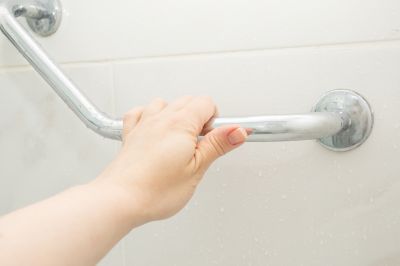
Small tweaks to make Waterproofings safer and easier to use.

Lower-waste or water-saving choices for Waterproofings.

The short, realistic tool list for quality Waterproofings.
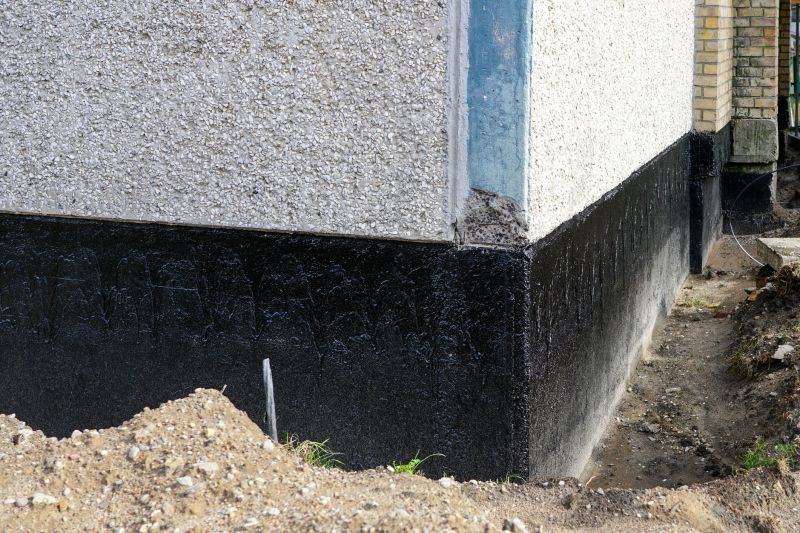
Rough timing from prep to clean-up for Waterproofings.
Interested parties are encouraged to contact for further information on waterproofing options and scheduling. Proper timing and application techniques are essential for ensuring long-term protection against water intrusion and related damages.

